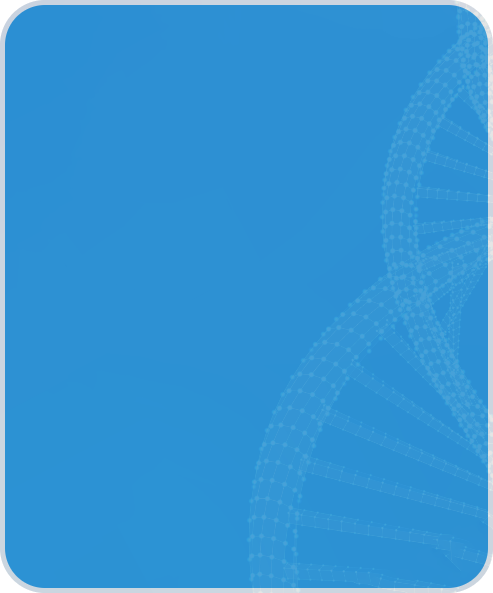Reprinted with permission from TECHNIK+EINKAUF, the leading German procurement publication.
Historically, Bayer’s procurement function operated in a decentralized and diffused structure, relying on each division or region to manage their own procurement strategies and supplier relationships.
This decentralized approach led to inconsistencies across the organization and often fell short of maximizing Bayer’s global buying power as well as supporting corporate priorities and vision. Moreover, the complexity of Bayer's global supply environment necessitated a more efficient and standardized procurement model to optimize operations.
Prompted to action, Bayer’s procurement organization undertook a top-to-bottom transformation, with the explicit intention to:
- Deliver increased value to its business operations
- Reduce third-party costs
- Enhance working capital
- Maintain high service standards in an increasingly complex global supply environment
- Reduce procurement operating costs
To help execute the transformation, Bayer selected and partnered with GEP, a leading provider of procurement and supply chain solutions to Fortune 500 companies. GEP provided additional sourcing capabilities, specialized expertise and experience to help Bayer realize its vision of a world-class procurement organization.

TRACKING PROGRESS & QUANTIFYING RESULTS
One of the keys to success was measuring the transformation with specific key performance indicators (KPIs), that were tracked through a global procurement scorecard. The transformation drove significant improvements in process efficiency, customer satisfaction, compliance, and risk management. Periodic reviews of outsourced spend categories and changes to KPIs were then made to reflect shifting business priorities. The team’s KPIs included:
- Cost savings, OPEX reduction and profitability achieved
- Supply base consolidation
- Spend through preferred and qualified suppliers
- Improvement in free cash flow (FCF)
- The level of purchase order (PO) automation
- SLA performance
- Client satisfaction
- Audit results and spend report accuracy
CONTINUOUS IMPROVEMENT
Following the initial establishment of the new model, a long-term continuous improvement plan was developed and evolved over time following 3 phases:
- Stabilization (1.0) - encompassing understanding scope, consistent service quality and delivery against all defined KPIs.
- Optimizing (2.0)- included optimizing processes, refining the operating model, and enhancing partnership behaviors.
- The next phase, 3.0, will ensure the procurement function adapts effectively to market needs, continues to integrate digital tools, and advances sustainability, M&A, and category transformation.
Digital solutions using AI, low-code platforms and RPA helped identify, prioritize, and execute improvements. These initiatives include enhancing the buying experience with AI-enabled conversational interfaces and digitizing the procurement category strategy creation and maintenance process. Establishing clearly defined roles and responsibilities and a governance structure was key to success.
The team also had to be adaptable and flexible to changing market conditions and business needs. By fostering a culture of continuous improvement and learning, the organization remained at the forefront of industry trends and best practices. Structuring relationships with stakeholders with a sufficient degree of contractual and commercial flexibility allowed breathing room to grow and evolve as the company’s needs changed to mitigate supply shocks, inflation, and marketplace challenges.
In summary, Bayer was able to gain better value, visibility, control, and coordination across the entire organization by transitioning procurement from a decentralized function to a center-led best-in-class operation. Leveraging digital tools, data analytics and automation to drive efficiencies, increase value and improve decision-making, are proving essential.


